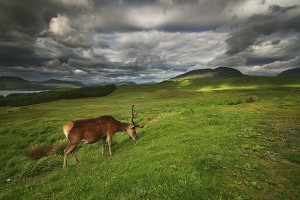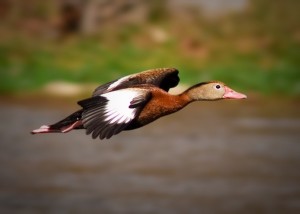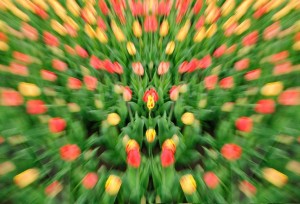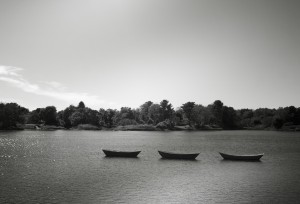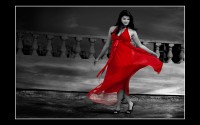Choose Camera Lenses to Capture an Expressive Qualities of the World Around Us
A lens is what your camera used to focus on a subject or scene. The camera lens captures the light from the subject and brings it to focus on the sensor of a digital camera. Camera lenses come in focal lengths or zooms, which covers a range of focal lengths.
A camera lens also known as photographic lens or photographic objective, is an optical lens or assembly of lenses used in conjunction with a camera body & mechanism to make images of objects either on photographic film or on other media capable of storing an image chemically or electrically.
Lenses are available in large as well as small sizes, costing cheap or expensive and also may be permanently fixed to a camera or it may be exchangeable with lenses of different focal lengths, apertures and other properties. It is basically depend on what is the purpose of your photography or the subject you want to discover. Utilizing lens in creative way delivers photography its expressive qualities that shapes the way you “see” the world through the viewfinder.
There is no considerable discrepancy in principle between a lens used for a telescope, a still camera, a video camera, a microscope or other appliance, but the detailed design & construction are different.
The lenses are grouped into various categories. Some of the lenses are described below
Standard Lens
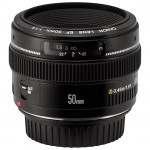
It is also known as a “normal” lens, is one that creates similar image as the human eye would see without magnification and which looks natural to the viewer. These are generally between 35 and 50mm and are among most common ultimate lenses in the market. Standard lens sits between the telephoto lens & the wide angle lens, which creates artificially zoom-in & zoom-out images respectively. Normal lenses are wonderful to photograph travel and street photography, close-up portraits to landscapes photography.
Prime Lenses
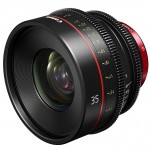
A prime lens is a lens which has single focal length with fixed zoom only. Prime lens provides one length and doesn’t have the moving pieces & mechanisms required to zoom, they can be tack sharp. Prime lens is the opposite of zoom lens. Prime lenses are lacking in zooming but produce better quality images than zoom lenses. This means they can capture stunning images in a wide range of situation and lighting conditions. Night photos, portraits and action shots are some traditional uses for prime, but the dimensions of focal lengths from 10mm up to 300mm and beyond can find a prime lens for any kind of photography.
Wide Angle lenses
It is fundamentally a “far zoomed out” lens. Wide-angle lenses have three classes: Wide, Ultra-wide & Fish-eye.
Wide-angle lens
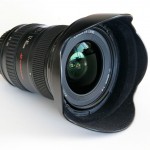
This lens is defined as anything shorter than 35mm. Wide-angle lens capture wide view and have a much larger depth of field, which means it will be more in focus, from the foreground to the background.
Ultra-wide lens
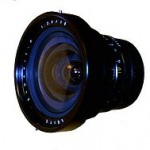
It is a lens which has a focal length shorter than 20mm, but is built with internal lenses which are meant to correct the fish-eye distortion, these are some like “aspherical”.
Fish-eye lens
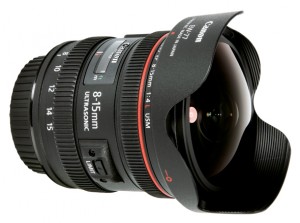
It can be easily recognize a fish-eye lens by looking at the image because curved and distorted at the outside edges of the frame, allowing it to see as wide as 180 degrees.This gives the signature fish-eye effect which bends all straight lines around the center & creates a spheroid effect in the image. Fish-eye lens is fantastic for certain purposes, specially for scientific purpose.
Telephoto Lenses
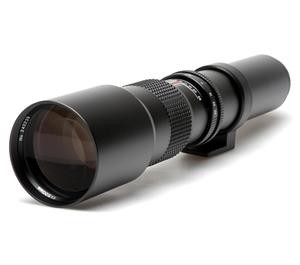
Telephoto lens is a specific form of a long-focus lens in which the physical length of the lens is shorter than the focal length. Technically can be explained as anything exceeding 50mm. In other words lenses which are used should be beyond 100mm. It is just the opposite of wide-angle lens.
Telephotos shorten the depth of field, allow you to detach your subjects from the background with shallow focus; this is when only a short plane is sharp & everything in front of and behind that plane falls immediately into blur.
Zoom Lenses
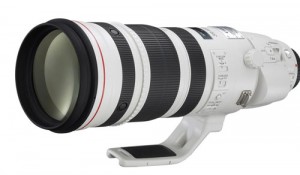
Zoom lenses have variable focal lengths. Advantage of the zoom lens is its flexibility. These lenses are extremely convenient but they have to make some compromises in order to enable the focal length shift. They are ideal for photographing a variety of subjects such as landscapes & portraits, where you just need single lens for both situations. You can also find “superzooms” such as an 18-200mm, covers the complete range that most people will ever need.
Macro Lenses
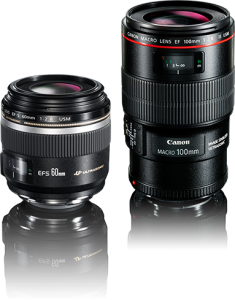
Macro lens photography can be technically define as an art of making very large photographs. It is extreme close-up photography, normally of very small subjects, in which the size of the subject in the photograph is greater than real size. Macro lens has an acute level of magnification, classically capable of picking out the microscopic details and enhancing them larger than we can easily see with our own eyes. These lenses are identically useful for capturing the textures of fly’s face, or flower’s pollen spores, etc.
- Standard Lens
- Prime Lens
- Wide Angle Lens
- Ultra-wide Lens
- Telephoto Lens
- Fish-eye Lens
- Zoom Lens
- Macro Lens
- Wide Lens
Going through all such studies of lenses we can comprehend their uses, differences in capturing the pictures and detailing, variations in size, depth, focus, etc., which is helpful for understand your camera thoroughly. Such developments have appreciated the human understanding of the world around us in immeasurable ways.



